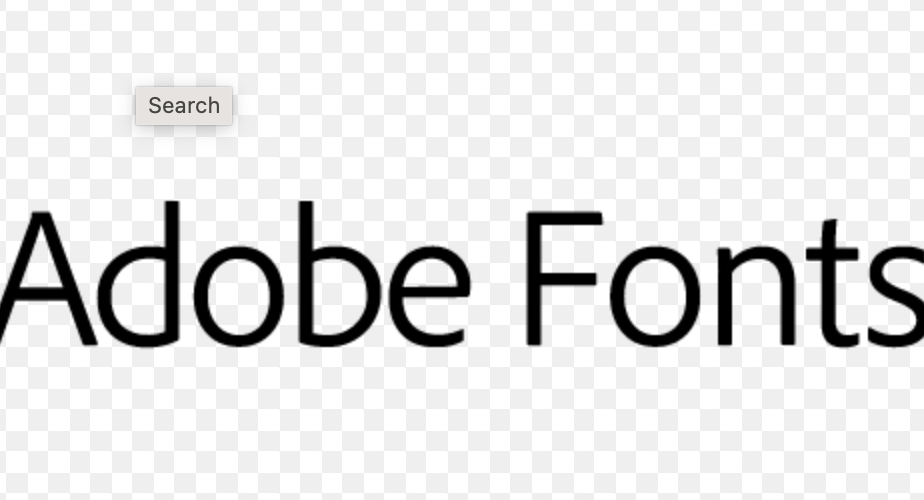Typography plays a pivotal role in design, whether it’s in print media, web design, or branding. In the digital age, having access to a vast and versatile collection of fonts is essential for designers and creatives. Adobe Fonts, formerly known as Typekit, is a game-changer in the world of typography, offering a wide array of fonts for designers to choose from. In this article, we will explore Typekit, its history, features, and how it has revolutionized typography in the digital realm.
The Evolution of Adobe Fonts
Adobe Fonts, previously Typekit, was founded in 2009 and became an Adobe product in 2011 when Adobe Systems acquired the company. Since then, it has evolved into a premier font subscription service integrated seamlessly with Adobe Creative Cloud. The platform has continued to grow, adding thousands of fonts and serving as a valuable resource for designers worldwide.
Key Features of Adobe Fonts
- Vast Font Library: Adobe Fonts boasts an extensive library of high-quality fonts, including classics, contemporary fonts, and exclusive typefaces. Designers have access to over 18,000 fonts from world-renowned type foundries.
- Seamless Integration: Adobe Fonts is seamlessly integrated into Adobe Creative Cloud applications, such as Photoshop, Illustrator, InDesign, and XD. This integration streamlines the font selection and usage process for designers.
- Web Fonts: Adobe Fonts offers web fonts, allowing designers to use their selected fonts on websites with ease. This feature ensures consistency in branding and design across different media.
- Licensing: Adobe Fonts simplifies font licensing for designers. When you activate a font from the library, Adobe takes care of the licensing, eliminating the need for users to navigate complex licensing agreements.
- Syncing and Desktop Use: Fonts from Typekit can be easily synced to your desktop, ensuring that you can work on your projects even when offline. This feature is particularly valuable for designers who need to maintain consistent typography across various platforms.
- Personalization: Typekit provides designers with the flexibility to customize fonts to suit their projects. You can adjust font weights, styles, and widths to match your specific design needs.
- Variable Fonts: Adobe Fonts supports variable fonts, a relatively new and innovative technology that allows designers to fine-tune various aspects of a font, such as weight and width, to create unique typographic effects.
Impact on Designers and Creatives
Adobe Fonts has had a profound impact on designers and creatives, revolutionizing the way they work with typography:
- Streamlined Workflow: The integration of Typekit into Creative Cloud applications has significantly streamlined the workflow for designers. They can browse, select, and apply fonts directly within their preferred design software, eliminating the need to switch between applications.
- Enhanced Creativity: With access to thousands of fonts at their fingertips, designers can experiment with different typefaces, resulting in more creative and visually appealing designs.
- Brand Consistency: Adobe Fonts ensures brand consistency across different platforms by allowing designers to use the same fonts in print, web, and mobile applications.
- Accessibility: The availability of web fonts makes it easier for designers to create accessible websites with consistent typography, improving user experience for all.
- Licensing Simplicity: Adobe Fonts simplifies font licensing, reducing the legal and administrative burden on designers. This allows them to focus on their creative work.
Conclusion
Adobe Fonts has transformed the way designers and creatives approach typography in the digital age. Its vast font library, seamless integration with Adobe Creative Cloud, and user-friendly features have made it an indispensable tool for designers worldwide. As typography continues to play a vital role in design, Typekit ensures that designers have the resources they need to bring their creative visions to life, setting a new standard for digital typography.

